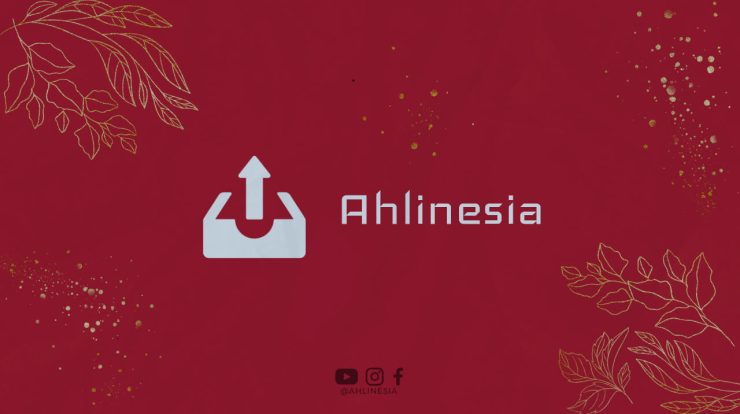
Understanding the Basics of Sub 2 Financing
Sub 2 financing, also known as Subject To financing, is a creative real estate strategy that allows buyers to acquire a property while leaving the existing mortgage in place. In simple terms, it involves taking over the mortgage payments of the seller, without formally assuming the loan. This type of financing can be a win-win situation for both parties involved.
How Does Sub 2 Financing Work?
When engaging in sub 2 financing, the buyer and seller enter into an agreement where the buyer takes over the existing mortgage and begins making the monthly payments. However, it’s important to note that the loan remains in the seller’s name, and they continue to be legally responsible for the debt.
The buyer typically pays an agreed-upon amount to the seller as a down payment or as compensation for the equity they have in the property. This payment is separate from the existing mortgage and allows the seller to receive some cash upfront.
Benefits of Sub 2 Financing
Sub 2 financing can offer several benefits for both buyers and sellers:
1. Flexibility for Buyers
Sub 2 financing provides an opportunity for buyers who may not qualify for traditional financing due to poor credit or lack of a substantial down payment. It allows them to purchase a property without going through the conventional loan process.
2. Avoiding Closing Costs
Since the existing mortgage is not being paid off, buyers can avoid additional closing costs associated with obtaining a new loan. This can lead to significant savings in terms of upfront expenses.
3. Preserving Existing Financing Terms
Sub 2 financing allows buyers to take advantage of the seller’s favorable mortgage terms, such as a low interest rate or a long-term fixed rate. This can result in lower monthly payments and substantial savings over time.
4. Generating Passive Income for Sellers
For sellers, sub 2 financing offers an opportunity to generate passive income without the burden of property management. They can transfer the responsibility of the mortgage payments to the buyer and continue receiving monthly payments without being directly involved.
5. Avoiding Foreclosure
Sub 2 financing can be a lifeline for sellers who are facing financial distress or foreclosure. By transferring the mortgage to a willing buyer, they can avoid the negative consequences of foreclosure and protect their credit.
Potential Risks of Sub 2 Financing
While sub 2 financing can be a beneficial arrangement, it’s essential to be aware of the potential risks involved:
1. Due-on-Sale Clause
Most mortgages contain a due-on-sale clause, which gives the lender the right to demand full repayment of the loan if the property is sold or transferred. Although lenders rarely enforce this clause, there is a risk that they may require immediate payment upon discovering the transfer of the property.
2. Seller’s Liability
Since the seller’s name remains on the mortgage, they continue to be legally responsible for the debt. If the buyer defaults on the payments, it can negatively impact the seller’s credit and potentially lead to legal issues.
3. Lack of Control
As a buyer, taking over the existing mortgage means you have limited control over the loan terms. If interest rates increase significantly or the loan becomes unaffordable, it can put you in a difficult financial situation.
Conclusion
Sub 2 financing is a creative real estate strategy that allows buyers to acquire properties while leaving the existing mortgage in place. It offers flexibility, cost savings, and the potential for passive income for sellers. However, it’s crucial to consider the associated risks and consult with professionals before engaging in sub 2 financing. By understanding the basics and evaluating the circumstances, buyers and sellers can make informed decisions that align with their financial goals.








